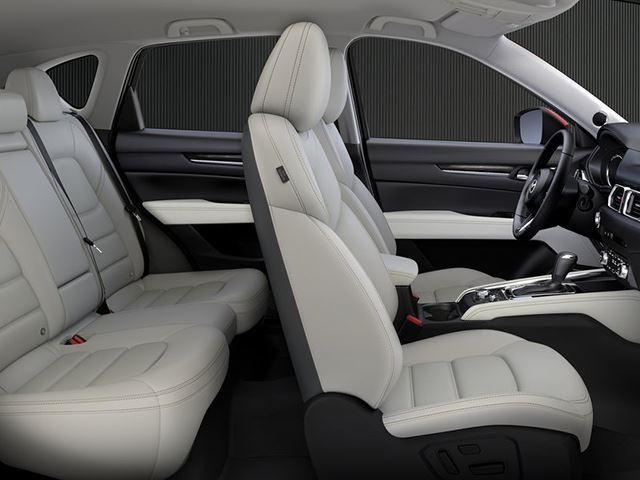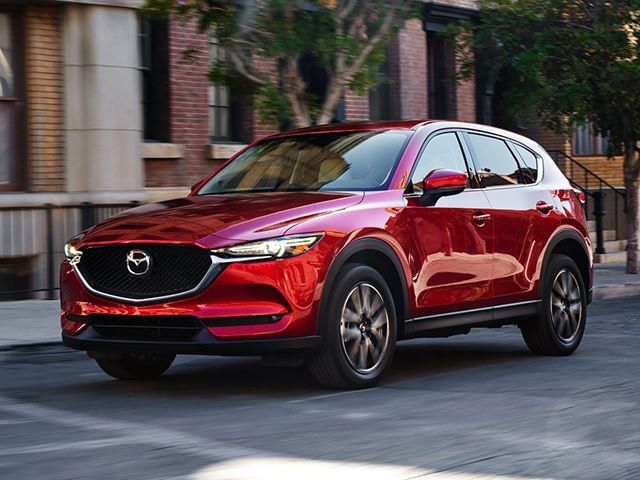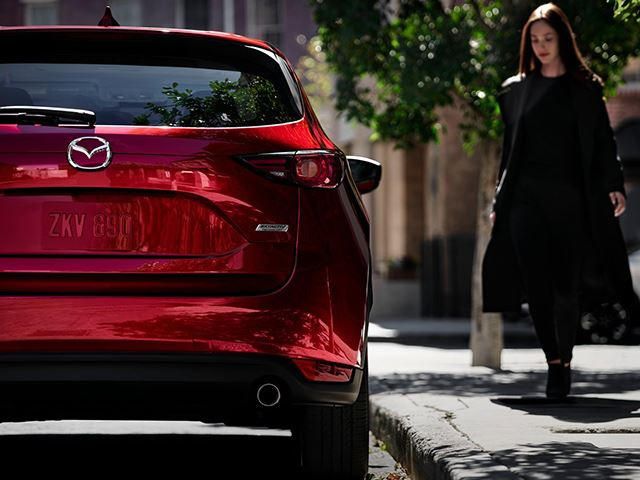
NVH is a little acronym that makes a big difference. It stands for noise, vibration, and harshness and depending on much of it a driver experiences while in the car, the ride can be either a pleasure or an ordeal. Recently, Wired magazine decided to catch up with a few engineers from various automakers to see how the logical minded dealt away with NVH, specifically on cheaper entry-level vehicles because unlike padded luxury cars, these are usually the worst offenders.
While it's not the first thing a potential buyer points out when checking out a prospective buy, a quieter ride with less vibrations and that does away with harshness can make a cheap bargain pick feel upscale. As automakers continue to seal the gap between standard vehicles and luxury cars in order to better compete, tactics used by Mercedes, Lexus, and Infiniti are dripping down into lower vehicles. Because cars are not as straightforward as closed chambers that can be sealed off with one layer of insulation, each automaker must take the approach of addressing multiple problem areas in order to complete the big picture. Some, like Honda, focus on mitigating the issue by borrowing parts from across its lineup.
For example, Honda engineer Andrea Martin was in charge of reducing NVH for the Odyssey minivan and pulled it off by borrowing the rear suspension of the Ridgeline, which was designed to reduce vibration. The rest of the job was completed by using paint sealers, insulating foam, and expanding tape that helps seal gaps between welds. Additionally, Honda calls upon the help of improved body structures that cut down on the number of paths that sound or vibration could travel through. On the other hand, Volkswagen takes a preventative approach, toiling to avoid making parts that create noise in the first place. In one case, engineers working on the Golf designed a waffle-shaped firewall.
That simple design amendment absorbs engine noise more effectively than a flat firewall before it enters the cabin, solving two problems with a single part. Wind noise is also a high priority, with Mazda having added acoustically insulated glass to the windshield and front windows on the new CX-5 as well as carving out deeper door seals to prevent the air from pulling doors open at highways speeds and letting in noise. Other automakers design mirrors that divert the wind away from the cabin., As one might suspect, finding the source of these noises in order to address them is an art in itself, with Nissan using "acoustic cameras" to pinpoint sources of noise leak in the cabin and Mazda using dummies with microphones embedded in the ears.
With these remedies working in conjunction, the effect is drastic, allowing conversations to flow organically without disturbing noises intruding, and letting the stereo sing without trying to drown out tire noise. Many times drivers forget that driving is an experience that engages most the senses, not just touch and sight. Thanks to the meticulous work of these engineers, NVH is out of sight, out of mind so to speak.



